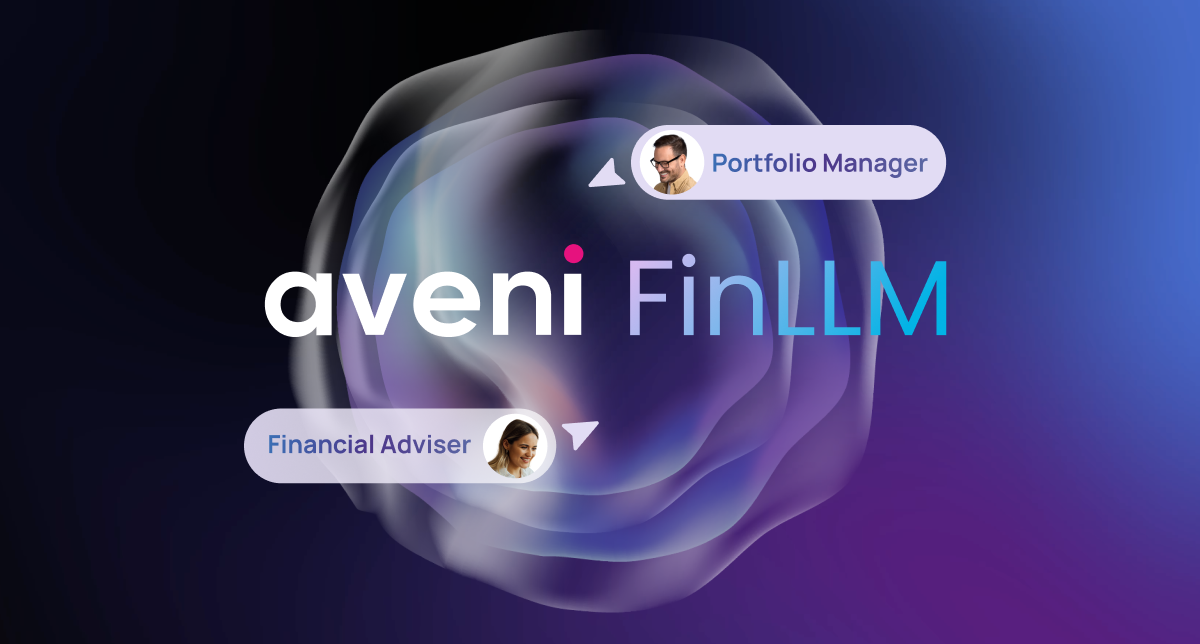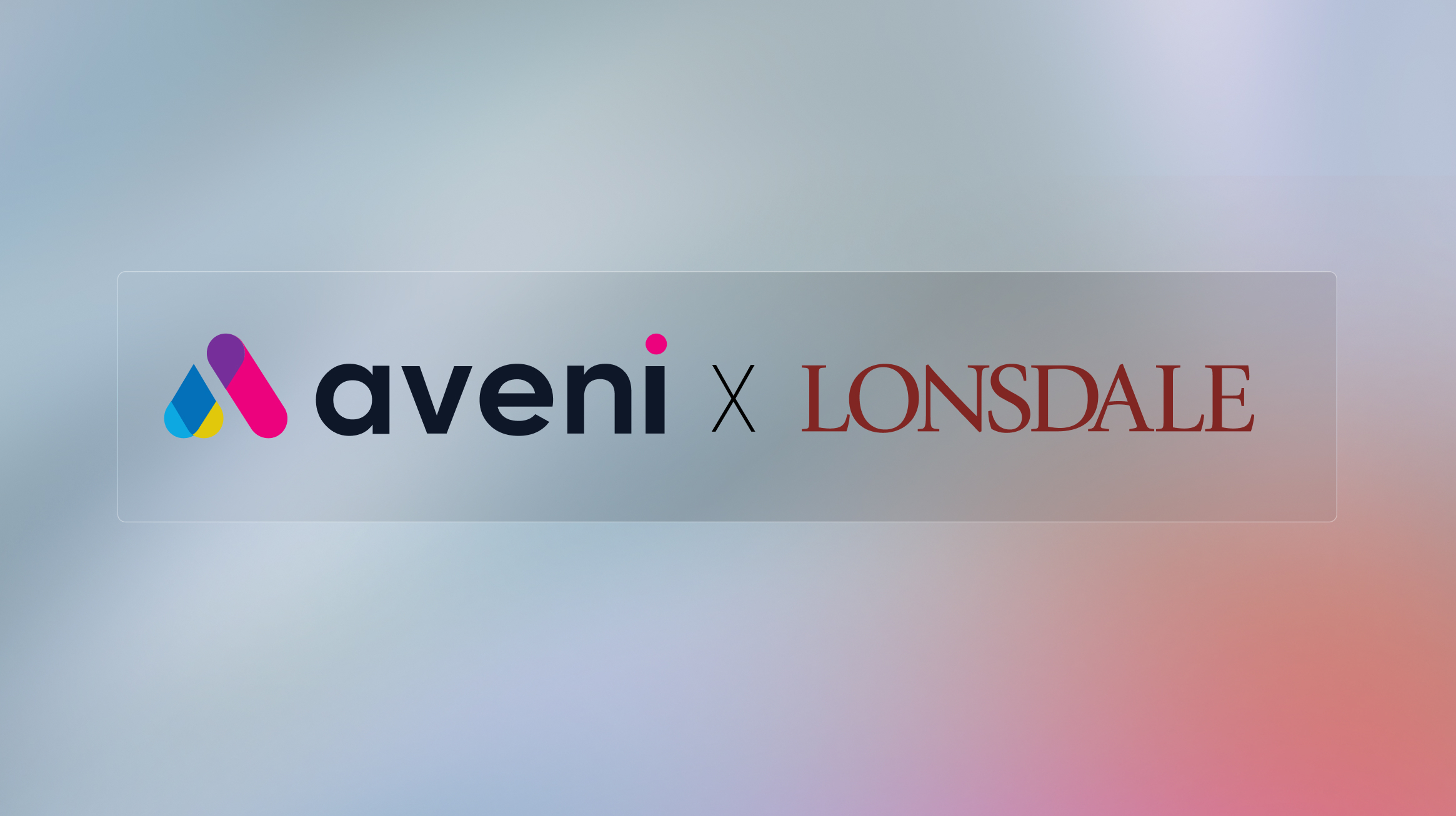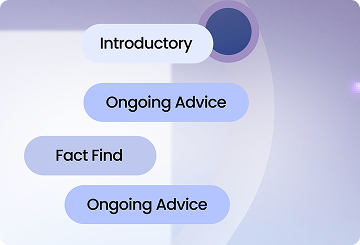What Undermines Early AI Adoption in Financial Services and How to Prevent It
Getting budget approval for AI is one thing. Getting advisers to use it is another.
Leadership signs off the spend. Compliance sets up the system. The rollout date arrives. Then the usage data lands: few advisers have logged in, and many who did have gone back to old routines.
This isn’t a technology issue. It’s a people issue. The World Economic Forum reports that 90% of leaders believe major reskilling is needed as AI reshapes job roles. Firms that skip proper change management face resistance, low adoption, and failed ROI.
Start with Super Users
Succession Wealth shows what works. Instead of launching to hundreds at once, they started with ten respected advisers who tested the system and proved its value.
These super users received early access, direct support, and the task of demonstrating results through real client work. When the wider rollout began, new advisers learned from peers who had already seen success. That credibility drove adoption.
The sequence flipped from:
technology → training → adoption → value
to:
technology → super users → proven value → peer advocacy → adoption.
Research indicates that 47% of C-suite leaders say their organisations are developing and releasing generative AI tools too slowly, citing talent skill gaps as the key reason (Mckinsey). Starting with super users addresses this gap directly by building internal expertise and demonstrating practical value before wider rollout.
Build Executive Literacy First
Before rolling out to advisers, ensure leadership understands what they’re sponsoring. Current research shows 77% of CEOs believe AI represents a foundational shift, yet many worry the C-suite lacks the vision, understanding, and applied skills necessary to fully leverage AI.
This literacy gap creates real problems. Leaders make strategic decisions without adequate understanding, organisational alignment becomes difficult, and change management efforts lack credibility.
Effective executive education covers four areas:
Foundational Knowledge
What is agentic AI and how does it differ from previous AI? What are the opportunities and risks? What are the regulatory requirements? What does successful implementation look like?
Strategic Implications
How does agentic AI impact your business model? What competitive advantages can you achieve? What risks must you manage? How does this fit into your overall strategy?
Governance and Risk
What governance frameworks are required? What are your regulatory obligations? How do you ensure responsible deployment? What are the key risk areas?
Implementation and Execution
What does implementation look like? What resources are required? What timeline should you expect? What are the key success factors?
When executives understand these fundamentals, they provide better sponsorship, make informed decisions, and communicate value more effectively to their teams.
Make Value Visible Immediately
Advisers should see benefits in their first session, not months later.
Take a simple use case: post-meeting documentation. Traditionally it takes 30 to 45 minutes. With AI, it takes five. That instant 40-minute saving builds belief faster than any presentation.
Specific results matter more than generic promises. “AI saves time” creates doubt. “Reports now take 10 minutes instead of 90” builds confidence.
→ Learn how one firm reported a 75% time reduction on ongoing advice meetings by using AI automation
Address the Resistance Challenge
Research shows 63% of employees attribute leadership’s reluctance to adopt AI tools to “digital illiteracy”, whilst workers lose an average of six hours weekly to manual processes that could be streamlined (Mindflow).
This creates a credibility gap. Advisers see opportunities to improve their work but perceive leadership as unable or unwilling to act. Change management must close this gap by demonstrating that leadership understands the technology and is committed to proper implementation.
Addressing resistance requires four steps:
Understand Concerns
Listen to adviser concerns. Understand fears and anxieties. Acknowledge legitimate concerns. Address misinformation.
Communicate Benefits
Explain how AI will improve work. Show examples of improved efficiency and outcomes. Highlight career opportunities. Demonstrate leadership commitment.
Involve Advisers
Include advisers in design and implementation. Seek input and feedback. Empower advisers to shape change. Celebrate adviser contributions.
Provide Support
Offer training and development. Provide tools and resources. Establish support networks. Celebrate successes.
Frame AI as Human-Plus
The FCA’s view is clear. As Aveni CEO Joseph Twigg says, “The FCA are optimistic about this tech, but only when it’s in a human plus fashion.”
Position AI as the assistant that removes admin so advisers can focus on clients and judgment. Talk about quality assurance, not monitoring. Describe outputs as drafts, not finished products.
Language shapes attitude. One message triggers resistance. The other builds engagement.
Implement Workforce Transformation
Beyond executive education, organisations must address how AI changes work itself. Whilst 90% of leaders believe significant reskilling transformation is needed, many take a “buy” rather than “build” approach, acquiring external talent rather than developing internal capabilities (Mindflow).
This approach misses the point. Your existing advisers understand your clients, your processes, and your culture. They need reskilling, not replacing.
Effective workforce transformation includes:
Skills Assessment
Assess current workforce skills. Identify skill gaps. Determine reskilling needs. Plan capability development.
Reskilling Programmes
Develop training programmes for new skills. Provide hands-on experience with agentic AI. Create career paths for AI-related roles. Support continuous learning.
Role Evolution
Identify how roles will change. Plan for role transitions. Support employees through transitions. Create new roles and career opportunities.
Culture and Mindset
Foster AI-positive culture. Celebrate early adopters and successes. Address fears and concerns. Build confidence in AI capabilities.
Train at the Point of Need
Lengthy training sessions don’t work. By the time advisers use the system, they’ve forgotten the details.
Keep early sessions short and focused on one task such as generating meeting notes or creating reports. The aim is confidence, not mastery.
Support should be built into workflow: short video guides, chat channels for quick questions, and drop-in sessions. Follow with advanced tips once users succeed consistently.
Build Governance That Enables
Advisers worry about extra admin. Compliance worries about consistency. Good governance solves both.
A 500-adviser network producing 25,000 reports a year can’t maintain uniform standards manually. AI can, if configured properly.

Upload branded templates, lock core sections, and control edits through role-based permissions. Compliance can update wording centrally and distribute it instantly.
This keeps content consistent and gives advisers flexibility where it matters. Once they see governance as protection rather than restriction, adoption increases.
Effective governance structures for enterprise-wide adoption require four components:
Executive Steering Committee
Provides strategic direction and oversight. Makes portfolio-level decisions. Resolves cross-functional conflicts. Ensures alignment with business strategy.
Chief AI Officer (CAIO)
Leads AI strategy and implementation. Manages portfolio of AI initiatives. Drives cross-functional collaboration. Ensures governance and compliance.
AI Centre of Excellence
Develops reusable components and best practices. Provides technical expertise and support. Conducts training and capability building. Manages knowledge and learning.
Use Case Teams
Implement specific AI adoption in financial services initiatives. Execute against defined roadmaps. Measure and report results. Contribute to centre of excellence.
Measure and Iterate: AI Adoption in Financial Services KPIs
The first six weeks after rollout are crucial. Track logins, features used, and support queries to spot early patterns. Measure time savings and satisfaction to see the real impact.
Address issues quickly. Speak with advisers who aren’t engaging to uncover blockers. Share early success stories to inspire others. Peer examples drive uptake faster than internal memos.
Effective change management requires clear metrics and regular progress tracking across three levels:
Strategic Metrics
Number of AI initiatives in portfolio. Percentage of workforce trained in AI. Organisational AI maturity level. Strategic alignment and governance effectiveness.
Operational Metrics
Time to implement new use cases. Quality of implementations. Adoption rates among users. Incident and issue resolution times.
Business Metrics
ROI on AI investments. Efficiency gains and cost savings. Revenue impact. Customer satisfaction and outcomes.
Regular progress reviews maintain momentum and enable course correction. Without measurement, you’re guessing whether your change management is working.
The Network Challenge
Networks carry regulatory responsibility but rely on advisers for adoption. The most effective networks use a central framework with local implementation. The network sets governance and best practice, while individual firms adapt rollout to their culture and timing.
Frame AI around adviser benefit: more client time, reduced compliance risk, and better work-life balance.
When both network and advisers see aligned value, adoption follows.
When both network and advisers see aligned value, adoption follows.
Practical Steps for AI Adoption in Financial Services
- Define one high-value use case.
- Identify 8-12 respected super users.
- Deliver executive education before wider rollout.
- Provide one focused 30-minute training session.
- Measure usage from day one.
- Share peer success stories early and often.
Start small ➞ prove value ➞ refine ➞ scale
The Bottom Line
Technology is easy. Adoption is not.
Firms that treat change management as an ongoing discipline achieve adoption rates above 80% within six months. Those that don’t often fall below 30%.
Your AI project succeeds only when advisers use it. Build your super user network, show value fast, embed training into workflow, and measure relentlessly.
Handled well, change management turns AI from a rollout into real business transformation. Schedule a demo with our team to discuss how to handle AI adoption in financial services for your firm.
Turn AI adoption in financial services into ROI with proper change management
Talk to Aveni to see how AI-powered productivity tools deliver measurable ROI when implemented with structured change management
Frequently Asked Questions
What is the biggest barrier to AI adoption in financial services?
The primary barrier is inadequate change management rather than the technology itself. The World Economic Forum reports that 90% of leaders believe major reskilling is needed as AI reshapes job roles. Firms that skip proper change management face resistance, low adoption rates, and failed ROI. Additionally, 47% of C-suite leaders report their organisations are developing and releasing generative AI tools too slowly, citing talent skill gaps as the key reason.
How long does it take to see ROI from AI adoption in financial services firms?
With proper change management, advisers should see benefits in their first session. Specific use cases demonstrate immediate value – for example, post-meeting documentation that traditionally takes 30 to 45 minutes can be completed in five minutes with AI. Firms that treat change management as an ongoing discipline achieve adoption rates above 80% within six months. One firm reported a 75% time reduction on ongoing advice meetings by using AI automation.
What is a super user programme and why is it important for AI adoption in financial services?
A super user programme starts with a small group of respected advisers (typically 8-12) who test the AI system and prove its value before wider rollout. These early adopters receive direct support and demonstrate results through real client work. When the broader rollout begins, new advisers learn from peers who have already seen success, which drives higher ai adoption in financial services rates. This approach flips the traditional sequence from technology-training-adoption to technology-super users-proven value-peer advocacy-adoption.
What AI literacy do executives need before implementing AI across their organisation?
Research shows 77% of CEOs believe AI represents a foundational shift, yet many worry the C-suite lacks the vision, understanding, and applied skills necessary to fully leverage AI. Effective executive education should cover four areas: foundational knowledge (what is agentic AI and how it differs from previous AI), strategic implications (business model impact and competitive advantages), governance and risk (regulatory obligations and responsible deployment), and implementation and execution (resources, timeline, and success factors).
How should firms position AI to financial advisers to reduce resistance?
Frame AI as “human-plus” rather than replacement technology. Position AI as the assistant that removes administrative burden so advisers can focus on clients and professional judgement. Talk about quality assurance rather than monitoring, and describe outputs as drafts rather than finished products. This approach addresses the fact that 63% of employees attribute leadership’s reluctance to adopt AI tools to “digital illiteracy”, whilst workers lose an average of six hours weekly to manual processes that could be streamlined.
What governance structures are needed for enterprise-wide AI adoption in financial services?
Effective governance for enterprise adoption requires four components: an Executive Steering Committee (providing strategic direction and oversight), a Chief AI Officer or CAIO (leading AI strategy and implementation), an AI Centre of Excellence (developing reusable components and best practices), and Use Case Teams (implementing specific AI initiatives). This structure enables rather than restricts, maintaining consistency across large networks whilst giving advisers flexibility where it matters.
How can firms ensure AI maintains regulatory compliance in financial services?
The FCA is optimistic about AI technology when implemented in a human-plus fashion, maintaining human oversight. For large networks, AI-powered governance can maintain uniform standards that would be impossible manually. A 500-adviser network producing 25,000 reports annually can use AI to upload branded templates, lock core sections, and control edits through role-based permissions. Compliance can update wording centrally and distribute it instantly, ensuring consistency whilst reducing administrative burden.
What metrics should firms track to measure AI adoption in financial services success?
Track metrics across three levels: Strategic (number of AI initiatives in portfolio, percentage of workforce trained in AI, organisational AI maturity level), Operational (time to implement new use cases, quality of implementations, adoption rates, incident resolution times), and Business (ROI on AI investments, efficiency gains, revenue impact, customer satisfaction). The first six weeks after rollout are crucial – track logins, features used, support queries, time savings, and satisfaction to spot early patterns and address issues quickly.
Why do many AI implementations fail in financial services?
Most failures stem from inadequate change management rather than technology limitations. Firms that skip proper change management face resistance, low adoption, and failed ROI. Those that treat change management as an ongoing discipline achieve adoption rates above 80% within six months, whilst those that don’t often fall below 30%. Additionally, 47% of C-suite leaders report their organisations are releasing generative AI tools too slowly due to talent skill gaps, highlighting the importance of addressing the people side of AI implementation.
How should AI training be structured for financial advisers?
Lengthy training sessions don’t work because advisers forget details by the time they use the system. Keep early sessions short (around 30 minutes) and focused on one task such as generating meeting notes or creating reports. The aim is confidence rather than mastery. Support should be built into workflow through short video guides, chat channels for quick questions, and drop-in sessions. Follow with advanced tips once users succeed consistently, training at the point of need rather than in advance.






